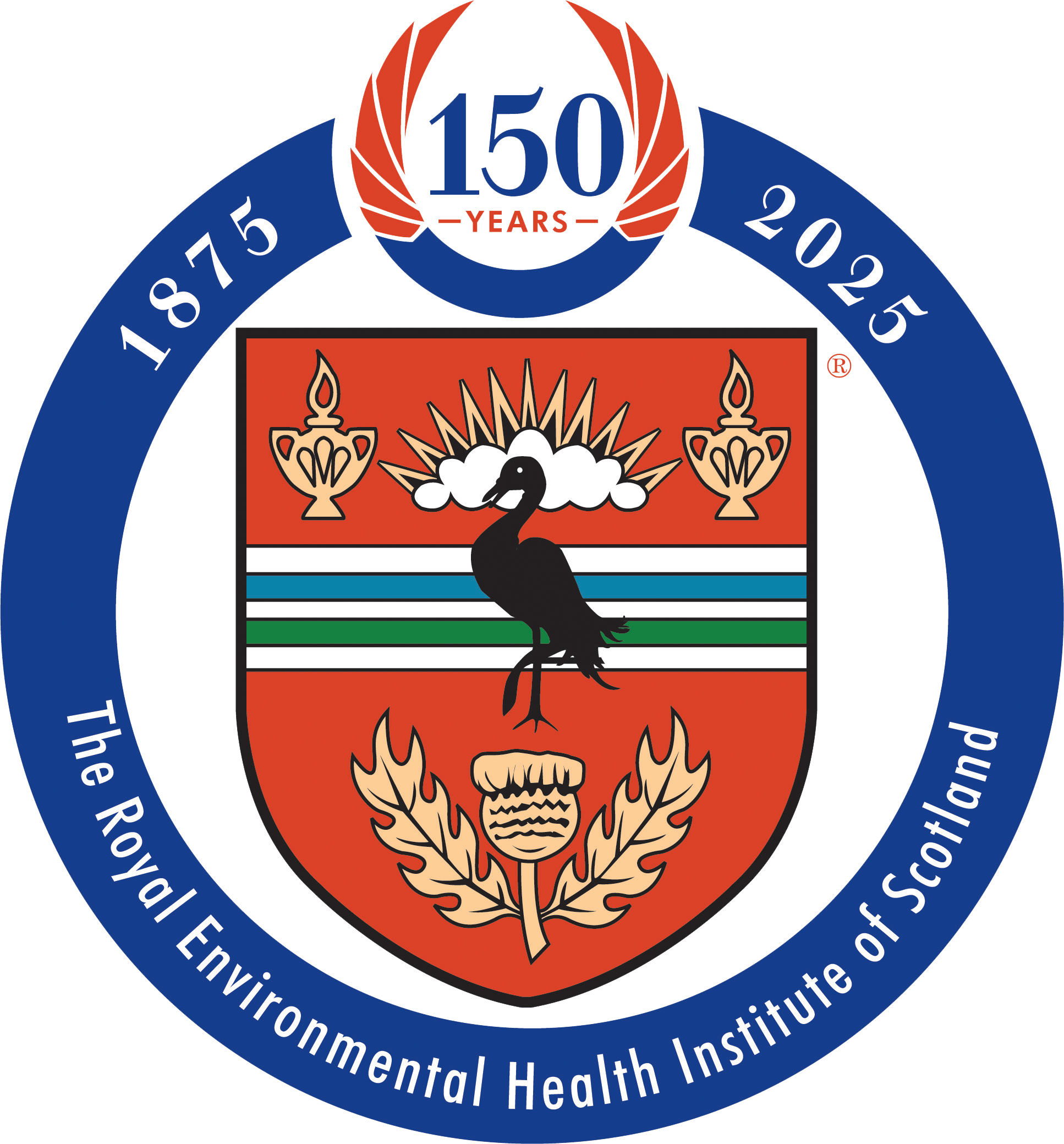East Lothian Council: Musselburgh Air Quality Action Plan
East Lothian Council has approved the Musselburgh Air Quality Action Plan on 14 February. This was proposed by the Environmental Health Service, working collaboratively with consultants Ricardo Energy & Environment and many other Services within the Council.
The Action Plan has been described as an organic document that will evolve as information and other situations that impact on Musselburgh develop, particularly in relation to the Local Development Plan. Further feasibility studies are being carried out for a number of traffic management schemes in the Musselburgh area. The studies consist of both traffic modelling and air dispersion modelling which will help inform which schemes to adopt. The Plan will be under constant review and monitoring.
There has been a downward trend in nitrogen dioxide concentrations in the last five years which may be, in part, as a result of measures already implemented by East Lothian Council such as the Split Cycle Offset Optimisation Technique (SCOOT) traffic system and work with the vehicle emissions partnership. The additional measures proposed within the Action Plan are likely to decrease nitrogen dioxide concentrations further. A total of 13 measures have been identified and assessed for taking forward at this stage.
Overall, there was consensus from the public consultation that the proposed measures would have a positive impact on air quality, with more radical interventions suggested and deemed necessary. With road traffic being the main source of air pollution within the Air Quality Management Area (AQMA), a number of traffic management scenarios have been, and continue to be, explored.
At the onset of the action planning process, it was appropriate to consider all potential measures available to East Lothian Council and other stakeholders to improve air quality. The identification of measures was undertaken through a review of existing local and regional plans and guidance documents. Whilst the Council may not have the necessary powers to implement all measures listed, we can work with organisations and agencies that have the capacity to take these measures forward, such as the use of longer trains to encourage greater uptake of commuter rail travel.
In terms of the 13 measures proposed, firstly there are strategic measures, where this Plan supports and considers existing or forthcoming transport and development plans, and vice versa. The integration of the Action Plan along with the local transport strategy and local development plan is essential, representing a strategic and integrated approach to local air quality management.
Improving signage to raise awareness of the AQMA may sound tokenistic but is envisaged to encourage behavioural change, for example reduce vehicle idling, promote traffic away from the High Street, and park considerately to minimise obstruction. Bringing the issue to the fore can engender change. Hand in hand with the awareness is the proposed enforcement of idling parked vehicles to reduce emissions.
Establishing the ECO Stars Fleet Recognition Scheme (subsequently launched on 15 February) within the Council area provides recognition for best operational practices and guidance for making improvements to fleet operators, with the ultimate aim of reducing fuel consumption and reduced emissions, having a positive impact within the AQMA.
East Lothian Council currently works in partnership with Midlothian, West Lothian and Falkirk Councils as the East Central Scotland Vehicle Emissions Partnership. As well as raising awareness of vehicle emissions and the impacts on air quality amongst the public of East Lothian as a whole, the Partnership will be utilised more directly towards Musselburgh High Street in the next financial year.
The Council will provide information and undertake marketing initiatives targeting increasing the public’s awareness of air pollution issues within the Council area and encourage the public to participate in improving the situation. This is intrinsically linked to the promotion of cycling and walking and the development of travel plans.
Traffic has been phased through use of traffic signals to facilitate smooth flow of traffic along the High Street. SCOOT was implemented in Musselburgh High Street with synchronised fixed time signals in order to address peak hour congestion and queuing at key junctions.
There are currently four bus stops located within the AQMA. The large number of buses passing through the High Street results in congestion at the current bus stops. It is proposed to consider adding stops in an attempt to relieve congestion, with the buses being split between the additional stops.
Improving public transport links is one measure that can encourage better travel choices for commuters. It is proposed to increase the capacity of trains and platforms at Musselburgh train station. This intervention may have a positive impact on traffic volumes moving through the High Street.
Lothian Buses will begin using hybrid single decker buses in mid to late 2017 that switch to electric operation automatically within the Edinburgh and Musselburgh AQMAs. In order to facilitate this, an electric charging facility in Musselburgh is proposed to be installed.
These measures listed for inclusion have been assessed against a wide range of criteria in order to ascertain their suitability for inclusion and prioritisation. The criteria against which they were assessed were:
• Potential air quality impact
• Implementation costs
• Cost effectiveness
• Potential co-environmental benefits, risk factors, social impacts and economic impacts
• Feasibility and acceptability
The Action Plan has been developed in recognition of the legal requirement on the local authority to work towards air quality objectives. The Plan focuses on effective, feasible, proportionate and quantifiable measures aimed at further reducing concentrations of nitrogen dioxide in Musselburgh High Street.
Derek Oliver, Service Manager – Environmental Health

